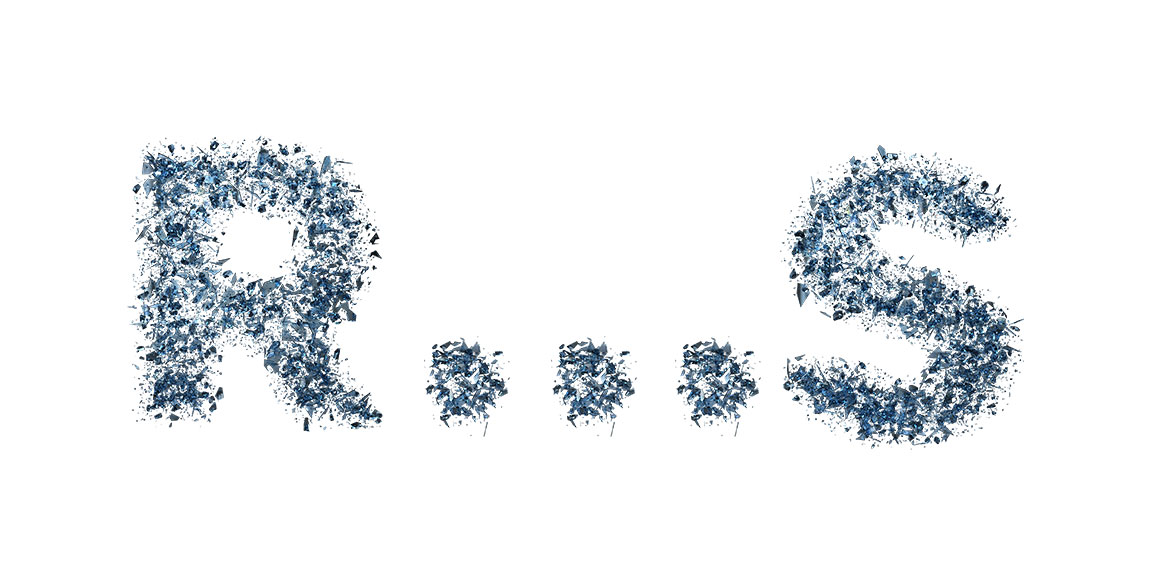We conclude our journey through the various types of glass with the latest varieties from the letter R to S
With the letter R.
Refractory glass: they have an annealing temperature higher than that of ordinary glasses and not lower than 700 ° C. They include quartz and silica glasses. They have remarkable resistance to temperature changes, thanks to the presence of boron oxide.
Mesh glass: colorless, it has a filigree of milky glass.
Wired or reinforced glass: it is obtained by casting and continuous rolling of molten glass, inside which a steel mesh is immersed.
Ruby glass: it is characterized by a red color, obtained with colloidal gold dispersed in the paste.
With the letter S
Satin glass or silk glass or veluria glass: used for reflectors, it is obtained from a chemically carried out grinding. The glass surface is made translucent due to the formation of protective crystals, following immersion in a fluoride bath.
Foam glass: used in construction for thermal and acoustic insulation, it has a waterproof cellular structure. It is obtained by mixing coal powder with glass powder and bringing it to sintering temperature.
Semi-white glass: slightly colored, it is used for household and ornamental objects.
Safety glass: it has a high resistance to breaking due to impact and, when it breaks, it does not give rise to sharp edges. These types of glass can be laminated or tempered. The former are obtained by interleaving a sheet of polyvinyl butinal between two sheets, in order to glue them stably, hot and under pressure.
An example is automotive glass, where the layer sandwiched between two panes is three millimeters. The latter are obtained from plates heated below the softening temperature and cooled with air jets on both sides.
Safety glasses are also shatterproof, armed, screened, accident-proof, vandal-proof and bulletproof. The latter is obtained by combining alternating layers of glass and polycarbonate.
This combination allows to combine the positive characteristics of glass, such as high thermal resistance, with those of polycarbonate, such as high toughness. The stratification takes place through sheets of polyurethane resin, which absorb the differences in thermal expansion of the two materials.
This type of glass features a further distinction between plain bulletproof and bulletproof-splinterproof glass.
Sintered glass: used in the electrical and electronic industry, due to its impermeability to gases and high workability, it is obtained by sintering ground, pressed and heated glass powder.
Frosted glass: it is translucent and not very transparent, since its surface was subjected, during processing, to the mechanical action of a very fine sand jet, or because it was exposed to the chemical processing of corrosive salts.
Soluble glass: is a viscous colloidal solution consisting of sodium or potassium silicate in water. It finds various applications in industries and is used to prepare silicogel, bleaching and absorbent.
Sonic glass: lead glass.
Glasses for mirrors: they are obtained from glass plates that must be subjected to the following processes.
- Brushing & Polishing
- Silver plating treatment: consists in the formation of a thin silver layer on the surface of a glass plate, immersed in a solution of silver nitrate, in a reducing environment.
- Galvanic copper plating: silver layer protection and paint application.
- Mirror protection: it is made with paint and drying of the same through the use of infrared ovens.
- Final cleaning and polishing. The protective paint, based on a mixture of alkyd-melamine resins, can be of two types: thermosetting with lead pigments or without.
Special glasses: they are intended for particular uses such as lead glass used to protect against X-rays or glass for sodium lamps.
The presence of lead oxide determines a decrease in viscosity without modifying the electrical resistivity values and results in good density and refraction values.
Source: http: // www.vitrum.it / home_text.htm



